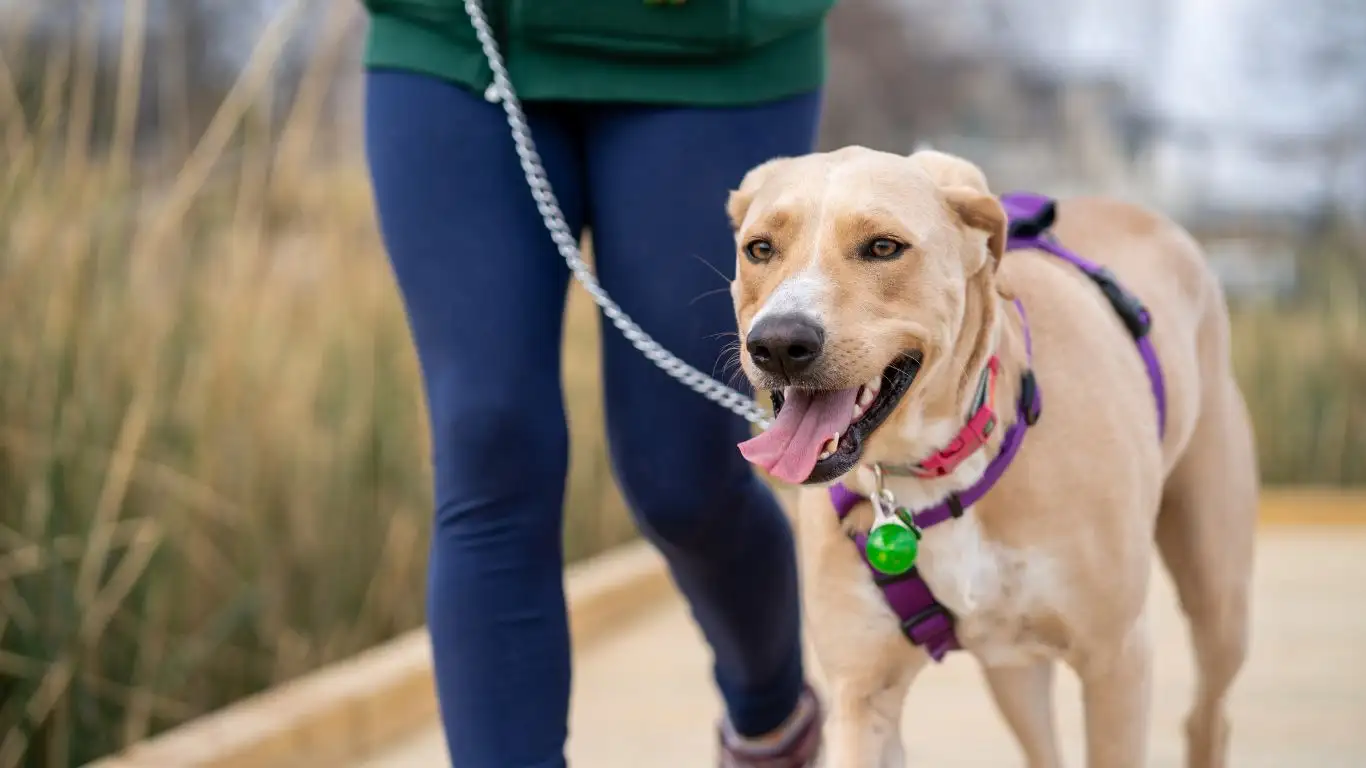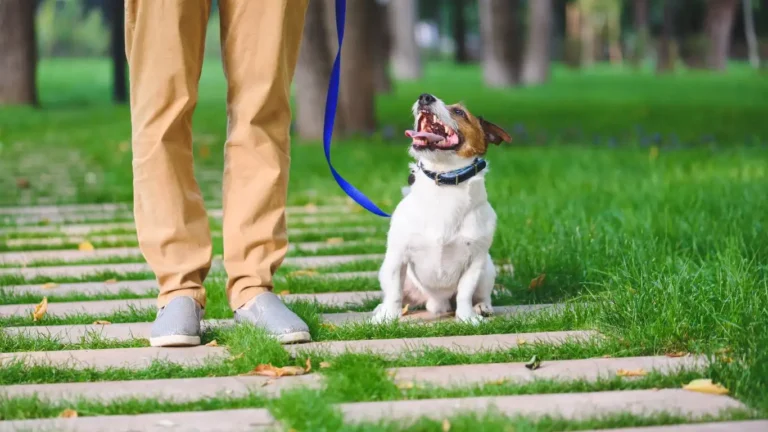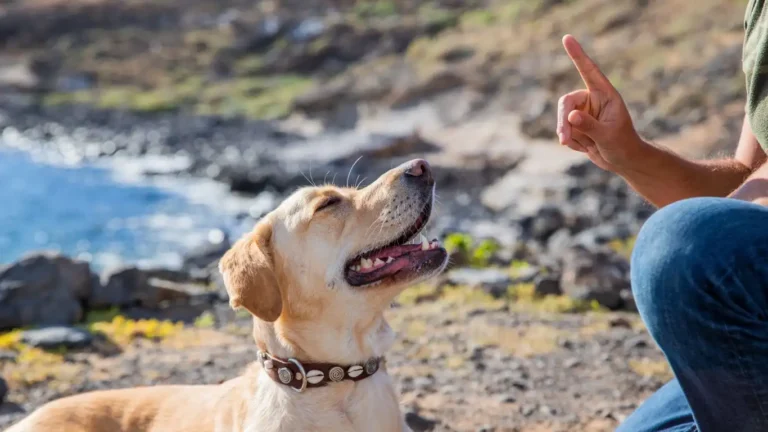Train Your Dog to Enjoy the Beach Without Stress
If you’ve ever tried taking your dog to the beach, you might know the feeling — tangled leashes, flying sand, barking at every seagull, and maybe even a mad dash straight into the surf! While beach outings can be wonderful bonding experiences, they can also become stressful if your dog isn’t quite beach-ready. The good news? With the right training and a little patience, your pup can learn to behave like a seasoned beachgoer.
Why Beaches Are Overwhelming for Dogs
Beaches are full of exciting (and distracting) stimuli. New smells, strange textures, unfamiliar dogs, wildlife, crashing waves — it’s sensory overload for many dogs, especially those not used to being off-leash or in unpredictable environments. Add in safety risks like heatstroke, saltwater ingestion, and strong tides, and it becomes clear why training is more than just a convenience — it’s essential.
“The beach can be a great outlet for your dog’s energy,” says Dr. Lisa Radosta, board-certified veterinary behaviorist. “But you have to set the right expectations and prepare them for success.”
How to Train Your Dog to Behave at the Beach
-
Start with Basic Obedience at Home
Before you even think about the beach, make sure your dog reliably responds to basic commands like sit, stay, come, and leave it. Reinforce these behaviors with positive rewards like treats or praise. Practice in your backyard or a local park first.
Tip: Use high-value treats (like bits of cooked chicken) to keep your dog’s attention even when distractions increase. -
Desensitize to Sounds and Surfaces
The roar of the ocean and hot, gritty sand can surprise dogs. Try introducing your dog to similar environments gradually — sandy trails, recorded wave sounds, or shallow water play.
Tip: Bring a mat or towel to give your dog a familiar surface to rest on when at the beach. -
Teach a Solid Recall Command
Reliable recall is a must at the beach, where dogs can easily get distracted or wander. Practice recall using a long leash, and always reward your dog for coming back.
Tip: Use a unique whistle or word just for recall so it doesn’t get lost in the noise. -
Use a Long Line Before Off-Leash
If off-leash dogs are allowed, never let your dog roam freely until they’ve proven they can be trusted. A 20-30 foot training leash gives them freedom while you maintain control.
Tip: Look for lightweight, water-resistant training leads to avoid tangling. -
Practice Calm Greetings
Beaches are social hubs. Teach your dog to calmly approach and greet other dogs and people. Reward them for ignoring distractions or walking by without reacting.
Tip: Keep interactions short at first. If your dog gets overwhelmed, walk away and try again later. -
Introduce Water Gradually
Not all dogs are natural swimmers. Some may fear the waves or saltwater. Let them wade in shallow areas first and never force them to go in deeper than they’re comfortable.
Tip: A canine life vest adds safety and builds confidence — especially for small breeds or older dogs. -
Reward Relaxed Behavior
Don’t just train for commands — reward calmness, lounging, and relaxed walking too. This teaches your dog that not everything at the beach needs a reaction.
Tip: Bring a chew toy or frozen treat to encourage downtime under a beach umbrella.
A 2022 guide from the American Kennel Club (AKC) emphasizes that socialization and exposure are just as important as obedience training when preparing dogs for high-stimulation environments like beaches. They recommend training in short sessions and always ending on a positive note.
“Dogs mirror our energy,” explains Julie Bond, MS, an animal behaviorist. “If you’re stressed or yelling, your dog feels that. Stay calm, be consistent, and use every beach visit as a chance to reinforce good habits.”
Extra Tips Most Pet Parents Miss
-
Pack a Dog-Specific First Aid Kit
Minor cuts from shells or hot sand burns are common. Include paw balm, saline solution, and vet-wrap in your kit. -
Rinse Off After Beach Time
Saltwater and sand can irritate skin and paws. Rinse with fresh water and dry thoroughly to prevent infections. -
Know the Signs of Overheating
Excessive panting, drooling, or glazed eyes can signal heat exhaustion. Seek shade, offer cool water, and know where the nearest vet is. -
Consider Protective Footwear
If the sand is too hot for your feet, it’s too hot for your dog’s. Dog booties or paw wax can help protect against burns.
Note: Always consult your vet if your dog has health conditions that may affect their ability to handle heat, water, or social settings.
Final Thoughts: Train with Love and Patience
Every dog is unique — what works for one may not work for another. Some may love the beach instantly, while others need more encouragement. That’s okay. What matters most is setting them up for success with gradual, consistent training and a lot of positive reinforcement.
Remember: the goal isn’t perfection, but safety and shared joy. With a little effort, the beach can become one of your favorite places to spend time together.
Happy training — and don’t forget the poop bags!






